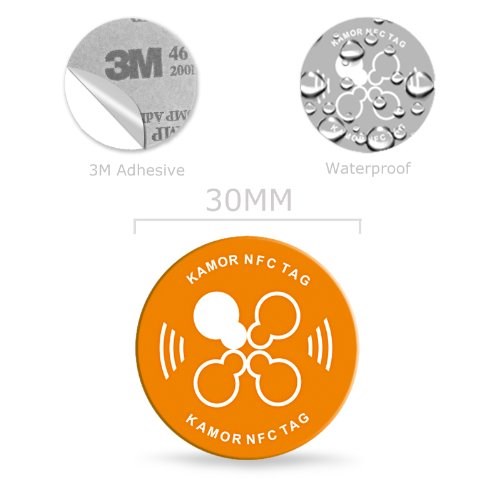You are expected to physically sign the log sheet in order to log your find on-line.
Please read the entire listing before you begin searching for this cache. Otherwise you will not know what to expect at each stage and may have issues.
NFC stands for Near Field Communications while POC stands for Proof Of Concept, or it may stand for something else. This cache takes advantage of this new technology in phones. Currently NFC is supported on Android, Blackberry and Windows phontes. It is not supported yet on Apple phones. There are some tablets that support NFC. Information on what devices provide NFC support can be found at NFC World.
This cache will show various methods of displaying geolocation related information. These are limited to the basic or general NFC capabilities. In theory they should work on any NFC enabled phone. All of us together will be testing these capabilities. Please be sure to include in your log what type of phone you have along with any issues you experienced so that we can record what is learned. I will maintain a separate web page that lists application capability and any phone issues.
First be sure your phone supports NFC. Second be sure that NFC is turned on (this can vary by phone). Next, if you have an aftermarket battery you will need to figure out if it supports NFC. The NFC atenna for the phone is often in the battery. Last, depending on your phone you may need an app to read tags. This was not necessary on the limited number of Android phones this was tested on. Although not confirmed, this app requirement appears to apply to Windows phones. You can find apps to test for NFC and to read NFC tags on the results web page.
At each stage you will be looking for a typical cache container that will have an NFC tag stuck to or inside it. Please leave the tag stuck to or inside the container. You are reading it, not taking it. You will need to be within an inch of the tag, preferably as close as possible. You might need to slowly move the phone around the tag to find where the antenna in the phone is. A thick or multi-part case may interfere with this and might need to be removed. Sometimes a first attempt at reading the tag does not work. Pull the tag away, exit any apps running in the foreground and try reading the tag again.
There are three tags you will be looking for. Each one is described below with the technique used and in the order used. These tags cannot be used on or attached to metal. The metal interferes with the tag's antenna. There are special tags that have a special isolation layer which also seems to make them less reliable. Here is what the tags in this cache look like:

Stage 1 - geo: URI - On Android this should bring up a selection screen that will display all installed apps that understand the geo: URI (Uniform Resource Indicator). A web page URL is a type of URI. geo: is another. It is a simple string that has decimal latitude and longitude separated by a comma. Uncertainty and Coordinate Reference System (CRS) parameters can also be added. Google Maps will accept at least some of its map parameters with the URI. However, this is non-standard and can break other apps that do not ignore non-standard parameters. The geo: URI may get interfered with by some NFC applications that you may have installed.
If you use Google Maps to display the coordinates you might find that it sometimes seems to fail to center and zoom. If that happens you may need to partially zoom in yourself and then try again. If you do not have a marker you should be able to switch to satellite and where you need to go should hopefully be obvious from there. Please see further information below on Google Maps.
Stage 2 - Text - This should display the coordinates in a message. You may want to write the coordinates down. An NFC tag reading program may be needed by some types of phones. This may get interferred with by some NFC applications that you may have installed. Check the results web page for more information.
Stage 3 - Web Page URL - This allows pretty much anything to be displayed. In this case it is a coordinate, a loc file and a picture of the area near the Final.
For the Final, you are looking for a small camo painted container. Please be sure to restore the cache to its hiding place in a similar condition. There should be a pencil in the cache but you still may want to bring your own pen or pencil.
Originally this cache was going to have a Google Maps stage but for various reasons that was pruned. It does have overlap with what was demonstrated by the geo: URI and the web page URL. Just to note, one of the parameters that Google Maps does not provide for is specifying a marker. This can be forced by including a query parameter (q=), although the marker is sometimes placed at a nearby map feature which can reduce accuracy. The map should still be centered on the requested coordinates. This parameter also seems to cause "Network Failure" messages to be displayed but these messages appear to be harmless.
OCC is now mapped, including trails, on OpenStreetMap (OSM). You can see this through Geocaching.com by selecting Set Map Preferences button on the map side panel. Next select Leaflet from the pop-up. Then in the upper right corner of the map, select OpenStreetMap Default from the map choices.
FTF: june17
STF: afishoutawater, TheGrundalows, LynnGeoGin, Roland Kent, XR509, scrapcat, Scook, Da Finns, CITOcacher, PROBOB, TaGeez, LadyBee4T